Belknap Mill Museum
Museum Hours
The Museum is open year-round
Tuesday-Friday 9am-5pm Saturdays 9am-1pm
We have three exhibits: the Knitting Machine Exhibit; the Powerhouse Exhibit; and the Mill Building itself. The Belknap Mill was built in 1823 and exists in near-original form. It was used for manufacturing up until 1969. Our exhibits explore the Mill’s industrial heritage including how the mill was powered and the people who worked there.
Schedule a guided group tour- 524-8813 or info@belknapmill.org












Tour our Hosiery Museum
The History of Hosiery exhibit focuses on the mill’s history and its manufacture of hosiery, with real machines and storyboards depicting every aspect of hosiery manufacture, from dying through looping and boarding.
See the actual machines used at the Belknap Mill when it was a textile manufacturer, some with hand cranks and belts, others operating with gears and chains. The circular knitting machines on display had replaced weaving machines in order to manufacture seamless hosiery and bags at the time of the Civil War. Some of the equipment shows the modifications made in 1918 when the mill converted from water to electrical power.
Tour the Powerhouse Museum
The History of Hydroelectric Power exhibit focuses on the Belknap Mill powerhouse and contains live demonstrations of the history of hydroelectric power and the vital role it played in the American Industrial Revolution.
Working models provide hands-on experience in how water wheels and turbines work, and an electrical panel with switches gives the visitor a chance to see the setup that sent excess power generated at the mill to supply the city with electricity.
The powerhouse also has the actual gears used at the mill, with their wooden cogs, along with belts connecting the generators and flywheels. Storyboards assist with explanations of the evolution from water power to hydroelectric power, and visitors are able to walk among the machinery for up-close examination of the equipment.
Sights and Sounds of a Belknap Mill Knitting Machine
Hosiery Knitting Machine in operation creating a sock


Our History
Built in 1823 and in operation by 1828, the Belknap Mill replaced a wooden mill owned by Caniel Avery and, even earlier, Stephen Perley. The wooden mill had burned in 1811, and the investors, who operated mills in Lowell, Massachusetts, replaced the building with an industrial structure that was very modern for its time. The Belknap Mill copied a mill built in 1813 in Waltham, Massachusetts. The Waltham Mill was the first American mill to integrate the entire textile manufacturing process, from raw cotton to the finished cloth, under one roof. This mill "launched the Industrial Revolution in America." Like the Waltham Mill, the Belknap Mill is made of brick and post and beam construction. Wooden columns support the open floor plan. Exposed joists (horizontal beams) support the floors and ceilings. Multiple windows and the "double roof" provided natural light before the days of electricity. A waterwheel originally powered machines for weaving plain cloth.
This type of architecture became common throughout northern New England, but today the Belknap Mill is the only remaining example. While other mills burned to the ground, were razed or were renovated, the exterior of the Belknap Mill has remained unchanged. Today, the Belknap Mill is now the sole example from the first stage of the industrial revolution. The bell in the tower was cast by George Holbrook, an apprentice to Paul Revere. Dr. Richard Candee, director of Preservations Studies at Boston University now retired, has called the Belknap Mill the "nation's most important mill." Robert Vogel, while a curator at the Smithsonian, described the Belknap Mill as the oldest unaltered brick textile mill in the United States.
Early Settlement of Laconia
As were many communities along the east coast, Laconia was settled because of its river system. Nearly 10,000 years ago, ancestors of the Winnipesaukee tribe of the Penacook Confederacy used the river as a source of food. The Weirs, which is now on the north end of Laconia, was named after the fishing weirs that the Indians built to catch fish. Aquadoctan, the tribe's key fishing station, was one of many fishing sites between Lake Winnipesaukee and Lake Opechee. By 1696, shortly after European discovery, Aquadoctan was deserted.
While Indians settle here during seasonal runs of migrating fish, they also shared the fishing rights among several villages. White settlers, on the other hand, used the river to divide the land and establish permanent settlements. Laconia's first log cabin was built in 1766. By 1815, "Meredith Bridge," as Laconia was called until 1855, had several stores and mechanic shops and 15 houses. The Belknap Mill, under construction, would become one of New Hampshire's 30 cotton and woolen factories.
Industrial Development in Laconia
In 1797, Daniel Avery, the owner of the wooden mill that preceded the Belknap Mill, built a dam in what is now downtown Laconia. Laconia's first businesses included a blacksmith shop, a tannery, a sawmill, a cotton mill, a linseed oil mill and distillery and used the Winnipesaukee River for waterpower. After the railroad reached Laconia in 1848, larger industries were established here. The C. Ranlet Car Manufacturing Company, which made railroad and trolley cars, moved to Laconia in 1848. The town became a center for industrial knitting, with companies manufacturing clothing, machines, needles, machine parts and boxes for shipping. Local entrepreneurs patented several knitting machines and knitting machine improvements. Scott & Williams, a leading manufacturer of knitting machines, moved from the Boston area to Laconia in 1910 and became Laconia's largest employer, with 2,200 employees and clients worldwide.
After 1945, many mill businesses closed or moved away. Steam, and later electricity, had replaced water as a source of power. Cheaper labor was found elsewhere. The river was redolent with human and chemical waste. Downtown was filled with obsolete buildings.
Urban Renewal and Tourism in Laconia
In 1965, the city adopted an Urban Renewal plan, funded in part by the federal government, to improve conditions downtown and attract shoppers and businesses. The city replaced many buildings, including several mill structures surrounding the Belknap Mill, with the Laconia Mall, Sunrise Towers, Stewart Park, City Hall, a parking garage and parking lots. The canal, which traveled through downtown, was enclosed. Organizations cleaned up the river, which is now used for fishing, boating and swimming.
The Belknap Mill, along with the neighboring Busiel Mill (built in 1853) were saved and adapted for other uses by the Save the Mill Society in 1970, which later became the Belknap Mill Society.
The Belknap Mill is proud to be a member of the New Hampshire Heritage Museum Trail. The Trail connects the public with culturally rich heritage institutions throughout New Hampshire. Member museums are recognized as significant leading cultural institutions which preserve and promote an understanding and appreciation of our national and state heritage.
The Trail Passport provides one free admission ticket to 18 of the museums that are part of the Heritage Museum Trail. The Passport is good for one person for one year from the date of purchase, and is non-transferable. The Passport includes brief summaries of the museums, organized by location and category that can be stamped upon museum entry.
Now available for purchase at the Belknap Mill for $25. ($150 value).





